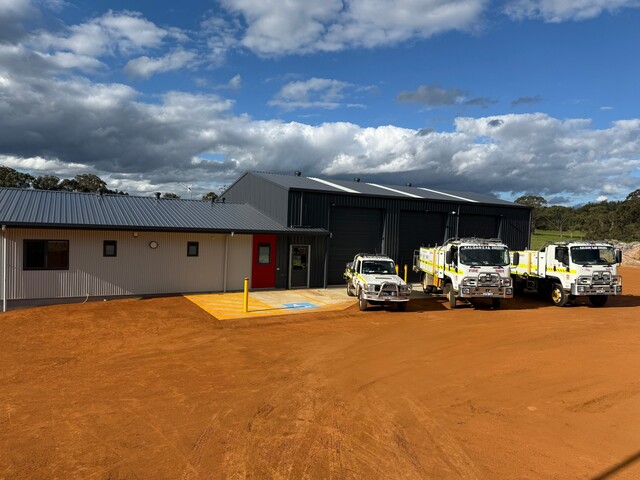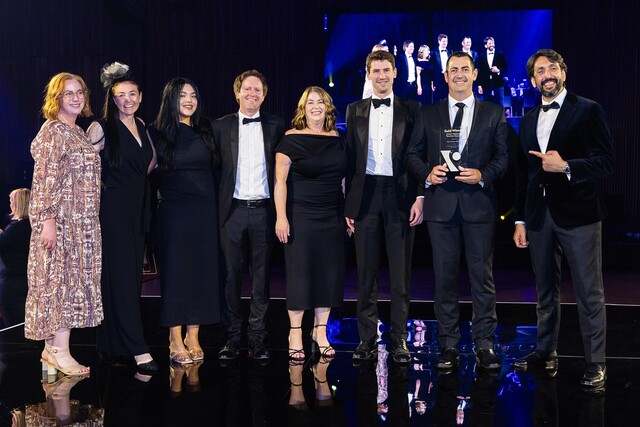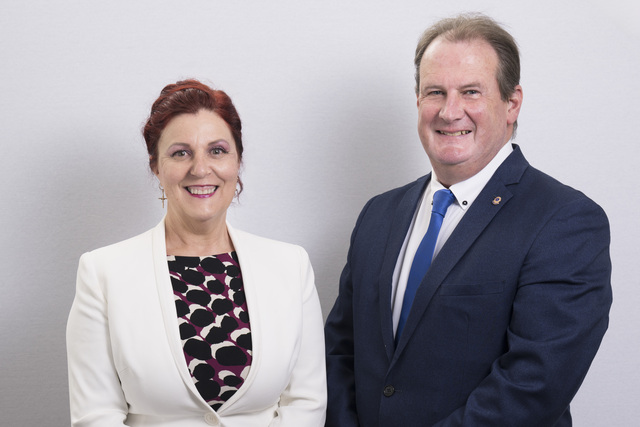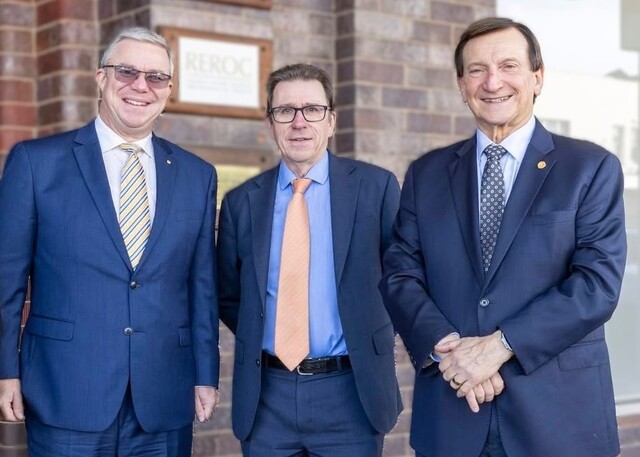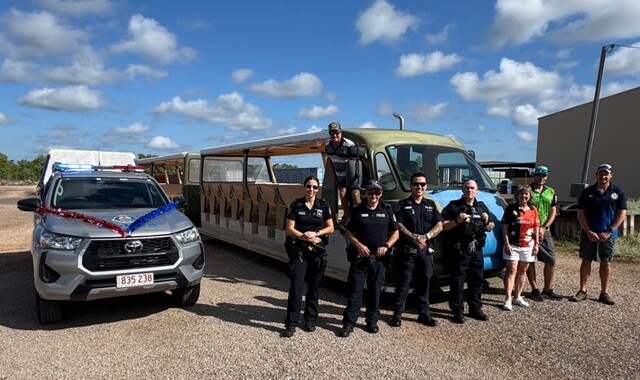The gist of his paper is that not only is the Australian Government being dragged to net zero emissions, there is no national coordination or spatial planning framework for understanding the impacts and opportunities associated with this transition.
Cloney argues that if we had such a thing, it would create more certainty, build resilience and prepare our industries and regions to better adapt to our future climate reality.
He says that it would require (a) a commitment by all levels of government to a planning methodology to address regional disparities and long-term climate risk mitigation tasks, and (b) a focus on state/territory and regional frameworks that cascade up to the national level.
This approach could focus on identifying networks of regions based on major regional centres that are linked to smaller towns and rural areas within a defined region. The government’s existing Regional Development Australia (RDA) network could be a delivery mechanism for the transition strategy and projects.
He’s on the right track, but the feds will take a lot of convincing because the 52 RDA Committees around the nation aren’t exactly centre stage in policy delivery. Please take 15 minutes to read his article. It might spur. Go to
mjcloney.wordpress.com/blog
Hydrogen Hubs
PM Morrison has announced that the 2021-22 Budget provides for a further $539.2 million in the hydrogen field. Half to go to four additional clean hydrogen hubs in regional Australia, and the balance to carbon storage/use/storage projects.
He said that the potential hub locations include Latrobe Valley, Darwin, Pilbara, Gladstone, Hunter Valley, Bell Bay and the Eyre Peninsula.
Connecting with Canberra
The Hydrogen Hub announcement (above) sparked my interest – we have Cockatoo members in four of the seven regions, and we wanted to know roughly how the feds would spend the $539 million.
The PM’s press release had no contact details. So I rang the Parliament House switch, (02) 62777111 and asked for the PM’s Office – the nice lady referred me to his Press Officer but that number rang out three times. So I went back to the switch and asked for the Environment Minister’s Office. After three more calls, I found a proactive bloke. I wrote his name in my black book because he aligns with my ’30 percent want to help’ theory. Anyway, there will now be five hubs (the four above were only indicative) and it’s open to any region. So if you have an interest, contact me ASAP.
And do you get frustrated finding the right person in the Canberra maze? The Departmental switch needs a name? Well here’s my hot tip – google the Department’s organisational chart, find the name of the Branch/Division head, and then give that name to the switch. Next thing you’re talking to the ‘important person’ who will invariably ask how you got their number. Ignore that because they’re supposed to be public servants! I use the same technique when searching for local government contacts – thank-you to the mayors and councillors who take my calls.
Bombala and Atherton – rich histories
We’ve been researching towns to determine the prospects of establishing cartoon/photo galleries to boost their visitor attractiveness. And we’ve found a treasure trove of characters along the way in Orbost, Quambatook, Kaniva, Nyah West, Camperdown, Bombala, Gordonvale and Atherton to name a few.
Bombala, a small timber-cattle town in south-east NSW, can lay claim to Sir William Keys, World War II leader, long-serving RSL President; Barbara Joseph, ground-breaking female horse trainer; Charles Kerry, renowned early 20th century photographer and Hilda Rix Nicholls, internationally-regarded WW I painter from nearby Delegate.
Similarly, Atherton in Far North Queensland can lay claim to Peter Beattie, the longstanding Queensland Premier. He was born in Sydney, the youngest of seven children. Sadly, his mother died when he was four years old, and he was put on a train to Atherton to be raised by his grandmother.
Atherton can also lay claim to Ron Grainer, a muso who worked in the United Kingdom for many years and composed the Doctor Who theme music. And Alexander Prokhorovov, a Nobel Prize winner and inventor of the laser, who grew up in Atherton and never forgot his roots.
Please contact us if you’d like to leverage your history.
Electric vehicles – big benefits
A Canberra-based Cockatoo (ex-Transport Department) is the full bottle on the economics of electric vehicles. He says the adoption of EVs will be transformational for all sectors of the world economy thanks to big tech (artificial intelligence, big data, robotics, internet) teaming up with cheap renewable power.
Rapidly falling EV prices and reduced maintenance costs will drive their widespread adoption for personal and commercial use resulting in less noise, pollution and congestion. The forecast early adoption of autonomous capability in EVs will accelerate the conversion process thanks to their superior safety (10 x). There will be reduced demand for car parks, service centres and petrol stations.
And importantly as transport becomes cheaper, there are potentially big spin-offs for regional Australia. The tyranny of distance won’t carry the same weight.
However, there is a pressing need for increased grid capacity, storage capacity and charge points. There is also an impending global shortage of critical battery materials.
Rod Brown is a Canberra-based consultant and lobbyist specialising in industry/regional development, investment attraction and clusters, and accessing federal grants. He also runs the Cockatoo Network.
Phone: (02) 6231 7261 or 0412 922 559
Email: apdcockatoo@iprimus.com.au


